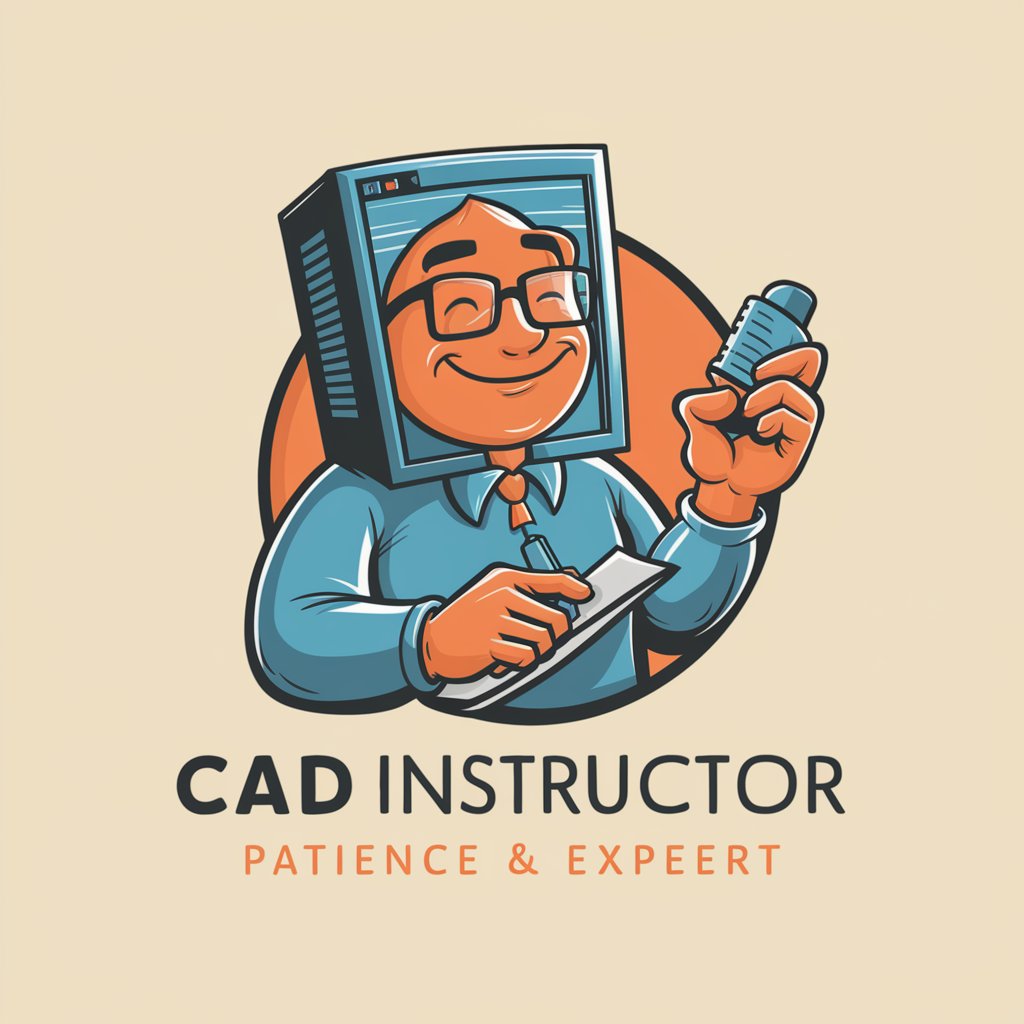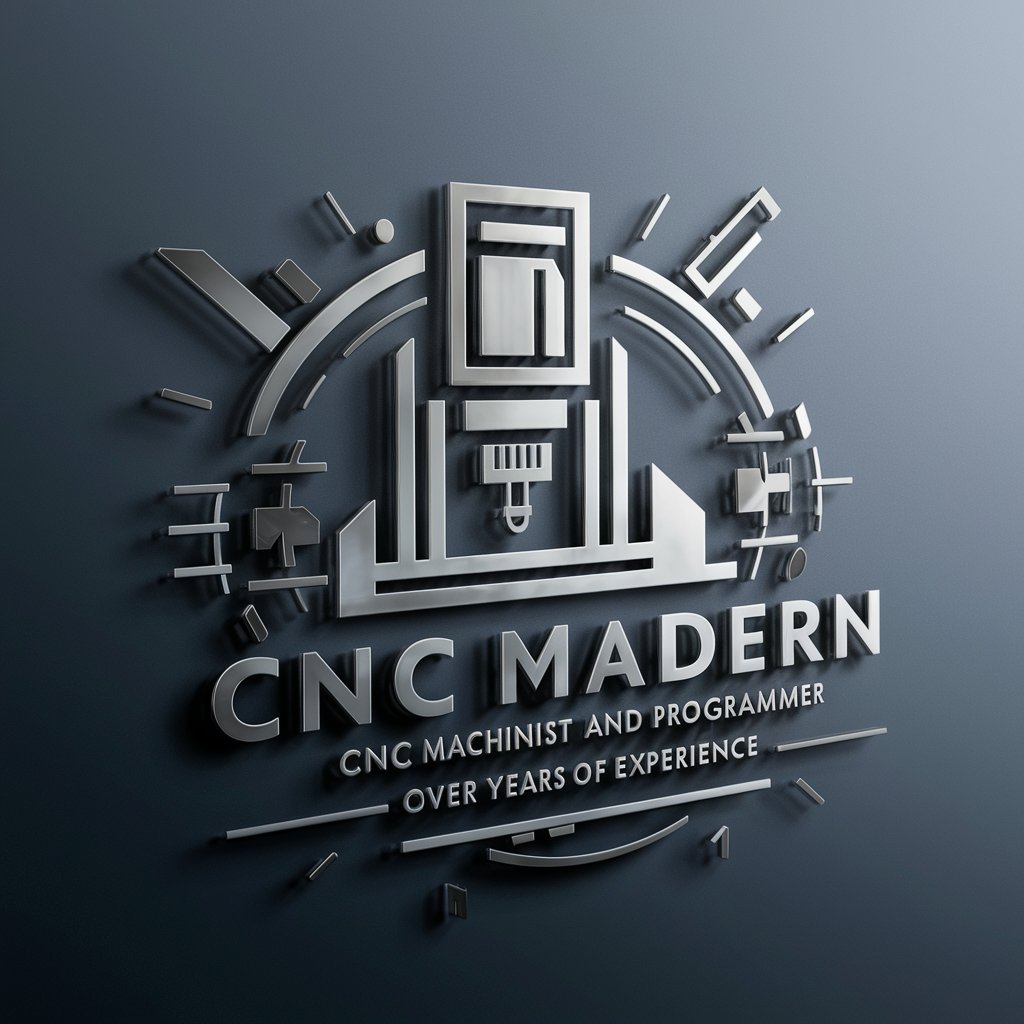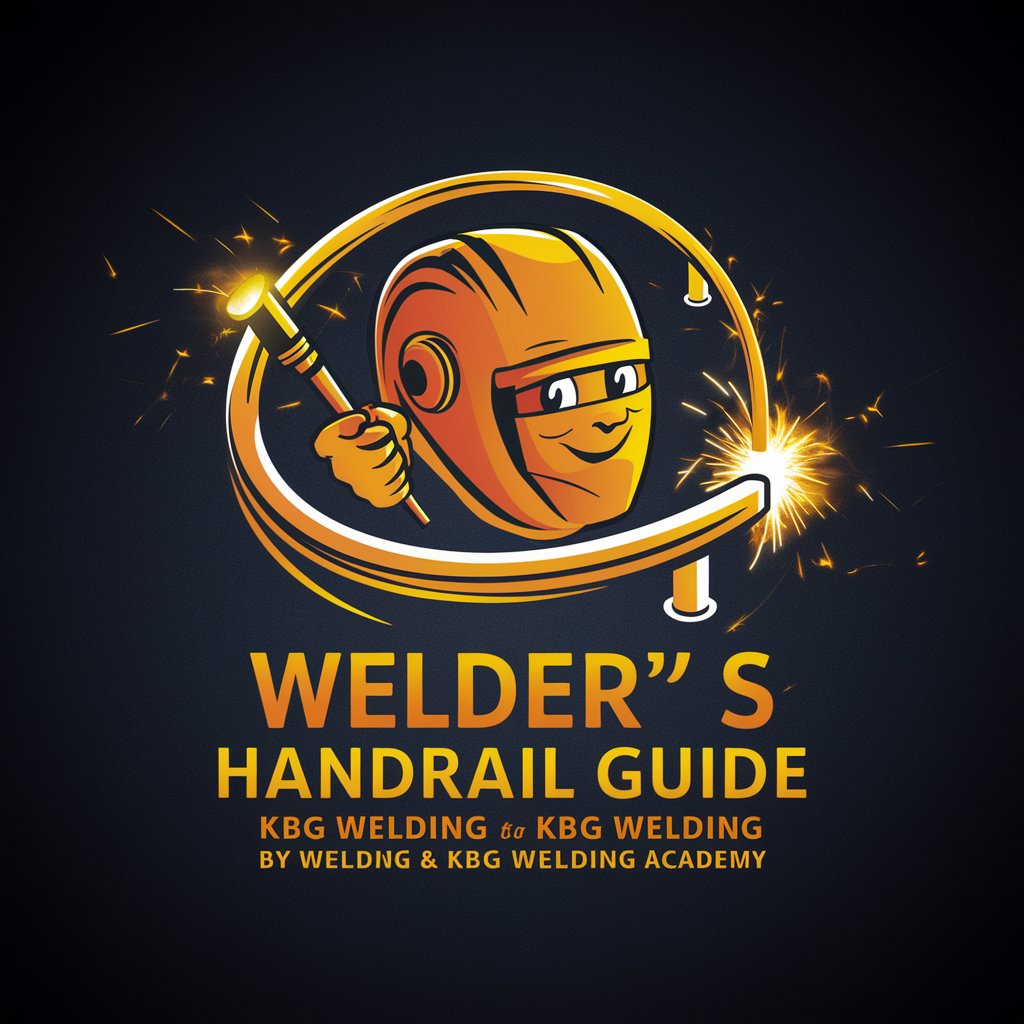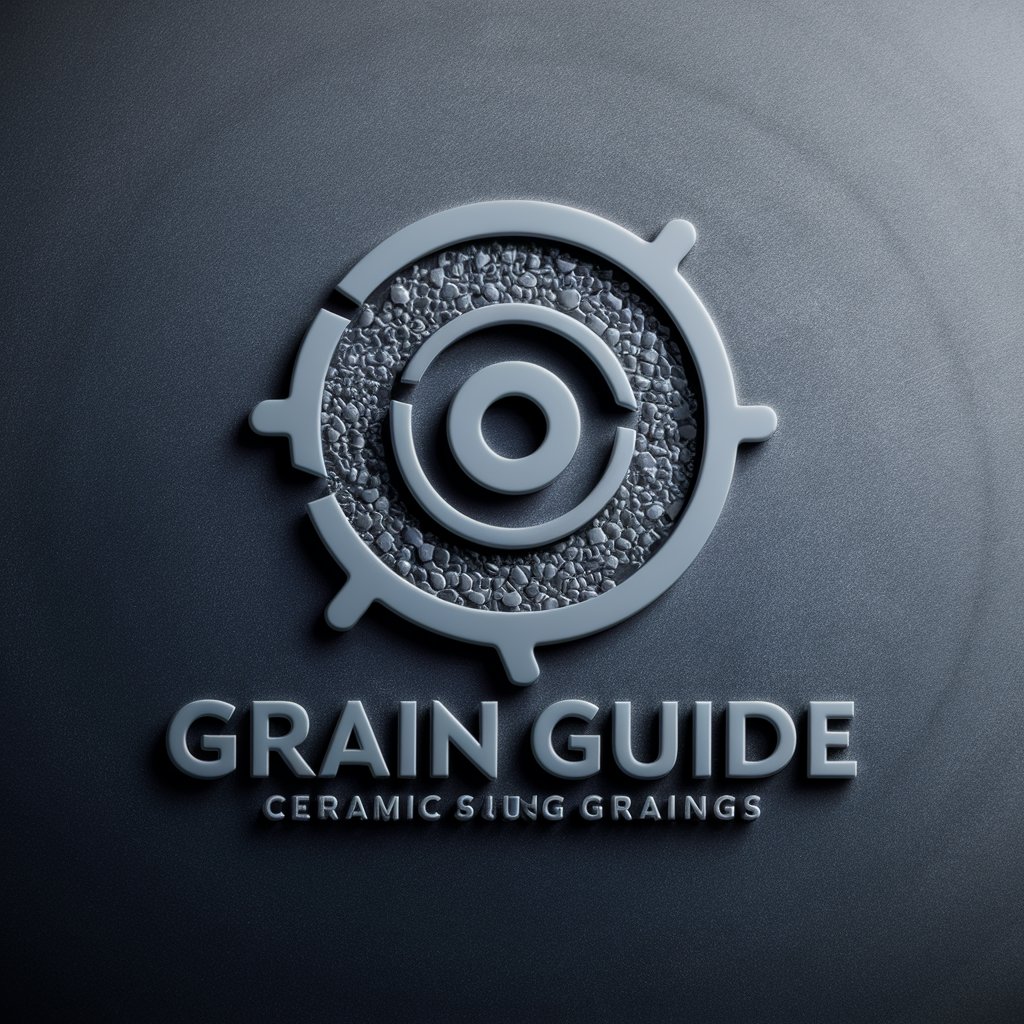
Aluminum CNC Guide - Aluminum CNC Machining Insights
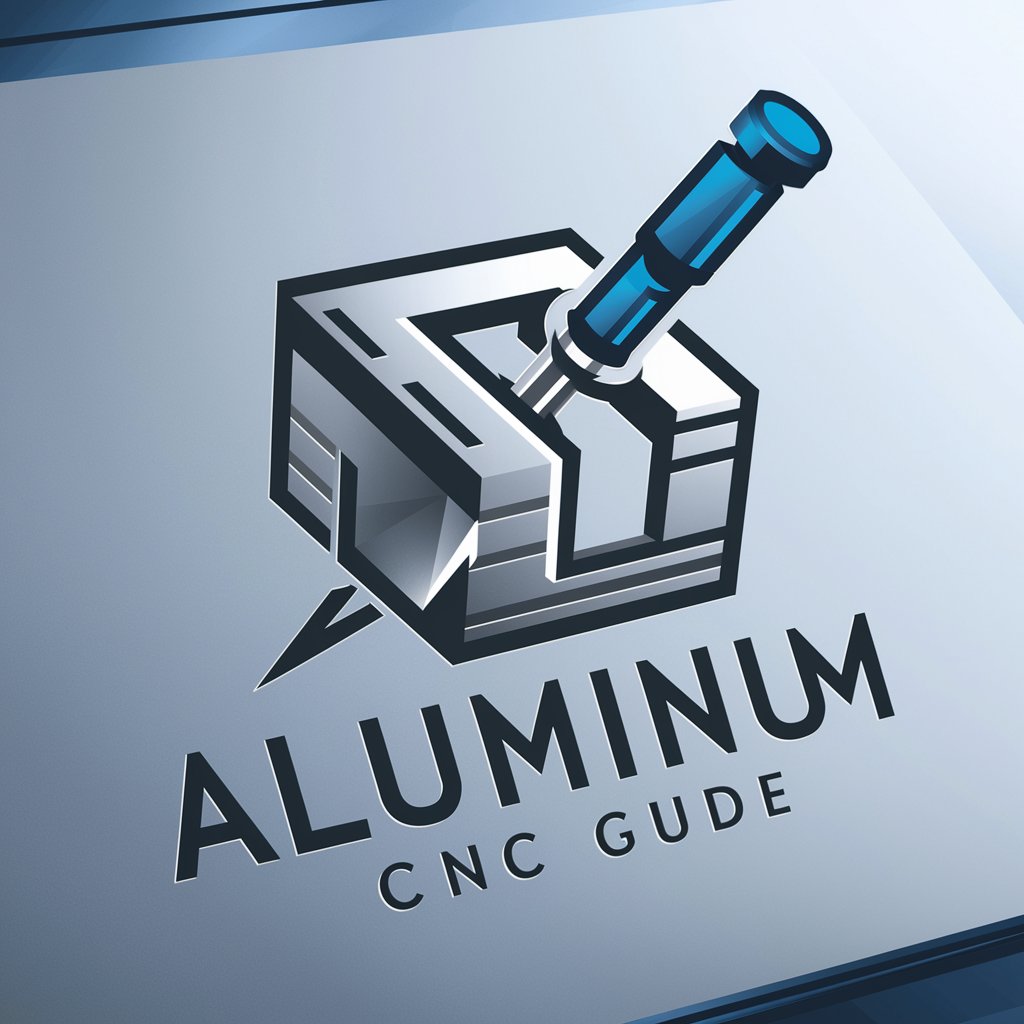
Welcome to Aluminum CNC Guide, your expert resource for aluminum machining.
Master Aluminum Machining with AI
Explain the properties of 6061 aluminum alloy and its suitability for CNC machining.
What are the common challenges faced in aluminum CNC machining, and how can they be overcome?
Describe the step-by-step process of setting up a CNC machine for an aluminum project.
How does the choice of cutting tools affect the quality of aluminum CNC machining?
Get Embed Code
Overview of Aluminum CNC Guide
Aluminum CNC Guide is designed as a specialized resource aimed at enhancing the understanding and application of CNC machining processes specifically for aluminum. This tool is crafted to provide detailed, technical insights into the properties of aluminum alloys, optimal machining strategies, troubleshooting issues, and routine maintenance practices. It serves as an educational and consultative platform, assisting users from project conception through to execution. An illustrative example would be a scenario where a user is attempting to determine the right aluminum alloy and corresponding cutting parameters for their specific project. Aluminum CNC Guide could provide a comparative analysis of aluminum alloys, such as 6061 versus 7075, including their machinability scores, typical use cases, and recommendations for cutting speeds and feeds based on the user's machine capabilities. Powered by ChatGPT-4o。

Core Functions of Aluminum CNC Guide
Educational Resource on Aluminum Alloys
Example
Detailed breakdown of aluminum alloy 6061, including its properties, typical applications, and why it's preferred for specific machining operations.
Scenario
A professional machinist receives an order for aerospace components. The guide helps them choose between alloy 7075 for its high strength-to-weight ratio and alloy 6061 for its excellent corrosion resistance and welding properties.
Machining Techniques and Optimization
Example
Step-by-step guide on setting up a CNC machine for aluminum parts, including tool selection and parameter adjustment.
Scenario
An amateur hobbyist is looking to produce custom bicycle parts. The guide provides them with a comprehensive understanding of tool paths, coolant use, and finishing techniques specific to aluminum, ensuring high-quality results.
Troubleshooting and Maintenance
Example
Solutions for common issues such as burr formation, tool wear, or chatter during machining, along with maintenance tips to prolong machine life.
Scenario
A CNC machine shop faces frequent tool breakage while working on aluminum. The guide suggests optimized tool paths, appropriate spindle speeds, and preventive maintenance schedules to reduce downtime and improve productivity.
Target Users of Aluminum CNC Guide
Professional Machinists and Manufacturers
Professionals who regularly engage in CNC machining of aluminum parts will find this guide invaluable for enhancing their technical knowledge, optimizing production processes, and troubleshooting on-the-fly issues.
Hobbyists and DIY Enthusiasts
Individuals interested in personal or small-scale projects that involve aluminum machining can leverage the guide for detailed, step-by-step instructions and tips tailored to less industrial setups, helping them achieve professional-level results.
Educational Institutions and Training Centers
Schools, universities, and vocational training centers teaching machining, metallurgy, or related fields can use the guide as a comprehensive resource to support curriculum development and hands-on training for students.

How to Use Aluminum CNC Guide
Visit YesChat
Begin by accessing a free trial at yeschat.ai, where you can use Aluminum CNC Guide without any need to log in or subscribe to ChatGPT Plus.
Identify Needs
Evaluate and clarify your CNC machining needs, focusing on aluminum. This might involve understanding the specific properties of different aluminum alloys or the tools required for your project.
Engage with Content
Navigate through the guide to find specific sections that address your questions about aluminum CNC machining techniques, troubleshooting, or maintenance.
Apply Knowledge
Use the step-by-step explanations and practical advice provided to apply in your machining projects. For complex tasks, consider professional services like cncrapid.com.
Provide Feedback
Engage with the platform by providing feedback on the utility of the information and any additional details you might need for future projects.
Try other advanced and practical GPTs
AlloySpec Advisor
Navigating Alloy Standards with AI

Historiador del Metal Iberoamericano
Powering Metal Music Discovery
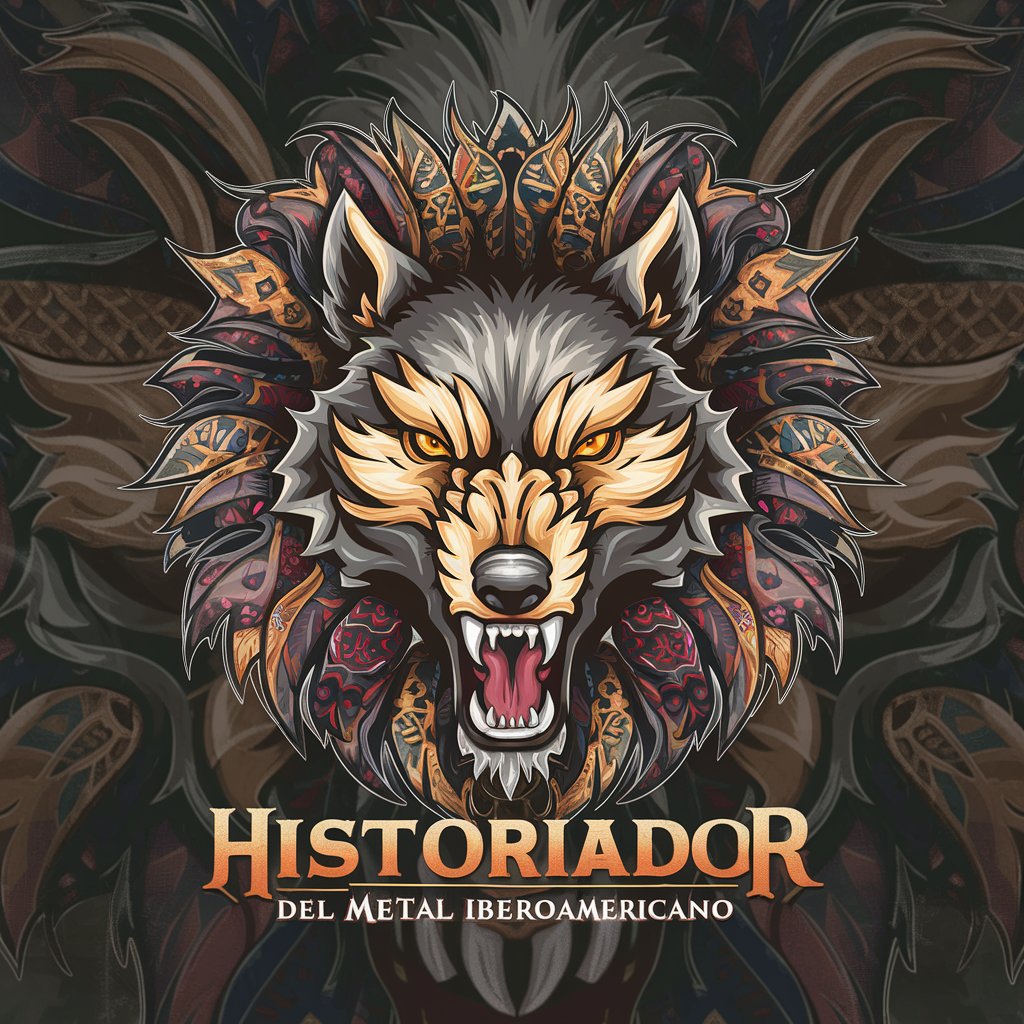
Arte Asistente
Empowering your educational journey with AI

Mechanic Mate
Revolutionize vehicle care with AI
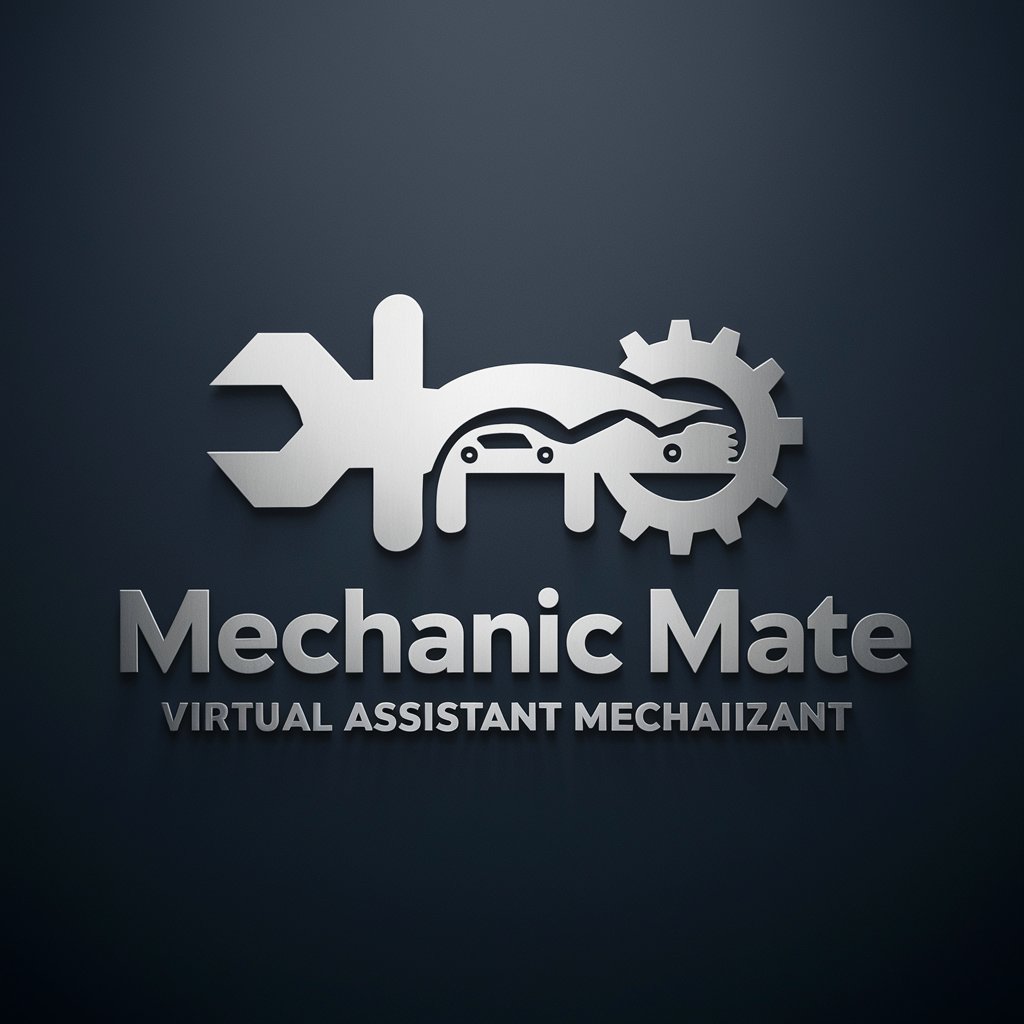
Asistente de Cálculo
Empowering Calculus Learning with AI

Entertainment Maven
Your AI-powered Entertainment Guide

Coach Bobbie
Elevate Your Product Management Game with AI

Pun Innovator by Merch Momentum
Elevate your designs with AI-driven puns
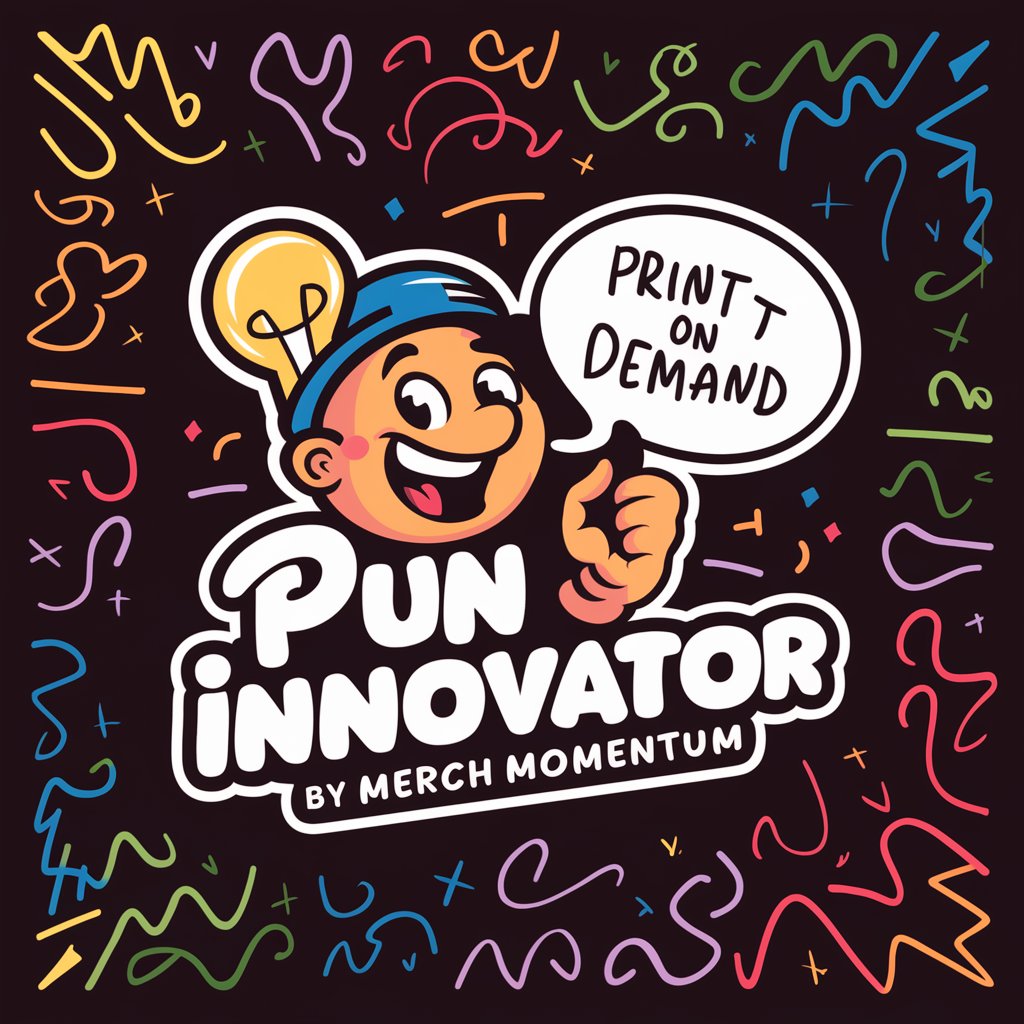
Enlightenment Engine
Elevate Your Mind with AI-Powered Guidance

Saúde após os 40 anos para homens e mulheres
Empowering Over-40s Towards a Healthier Life with AI
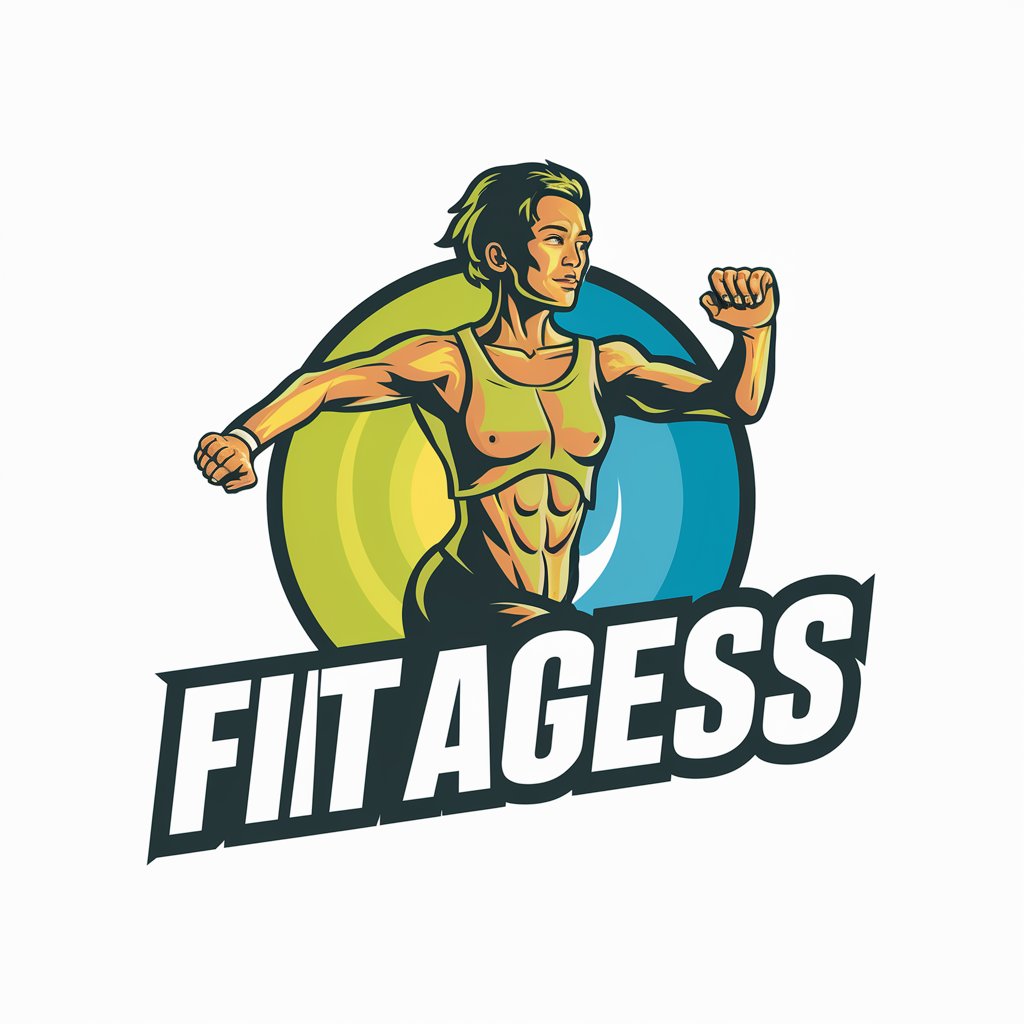
Video Game Matchmaker
Tailoring your next gaming adventure with AI.

Pathfinder's Guide
Crafting Immersive Pathfinder Worlds
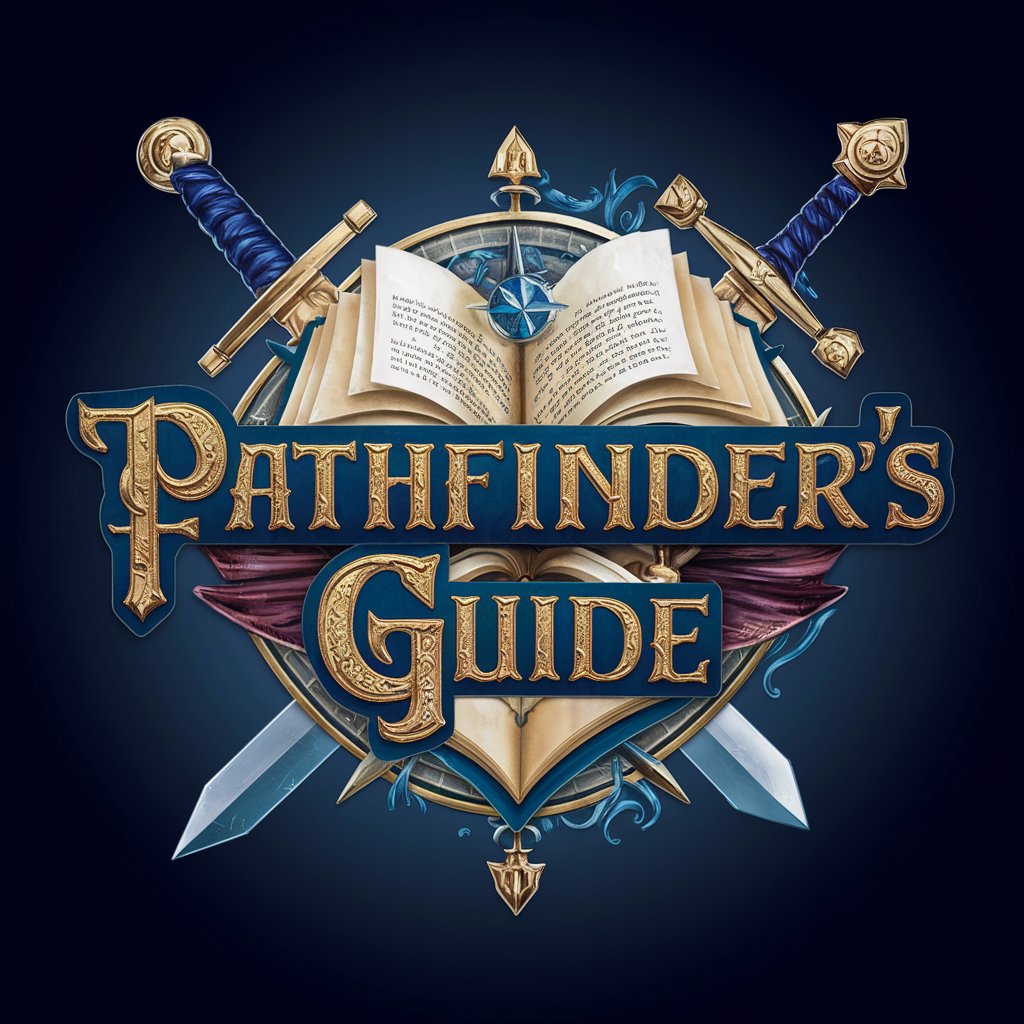
Frequently Asked Questions about Aluminum CNC Guide
What type of information can I find in the Aluminum CNC Guide?
The guide offers detailed insights into aluminum alloys, CNC machining techniques, troubleshooting steps, and maintenance tips. It's designed to cater to both novices and seasoned professionals looking for depth and precision in aluminum machining.
How does Aluminum CNC Guide help in troubleshooting CNC machine issues?
It provides a comprehensive troubleshooting section that covers common mechanical failures, software issues, and operational mishaps specific to aluminum machining, along with expert recommendations for resolving them.
Can Aluminum CNC Guide assist me in choosing the right aluminum alloy for my project?
Yes, it includes detailed comparisons of aluminum alloy properties, such as strength, machinability, and corrosion resistance, helping you choose the optimal alloy for your specific application.
Is there any user support provided through Aluminum CNC Guide?
While direct user support might not be available, the guide offers extensive documentation and a feedback system to address additional inquiries or updates to the content as needed.
What makes Aluminum CNC Guide unique compared to other CNC machining resources?
This guide specifically focuses on aluminum, providing tailored information and practical advice that is not often covered in general machining guides that tackle multiple materials.

